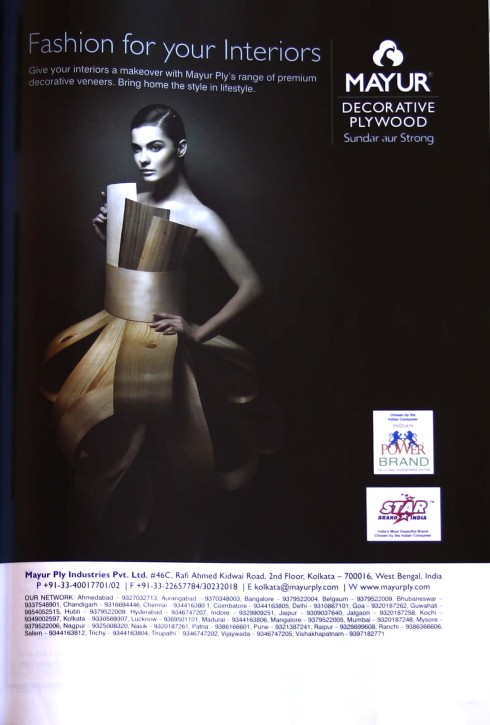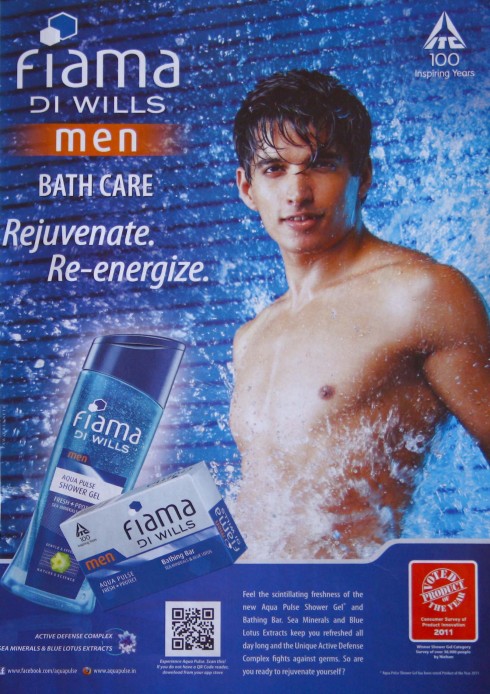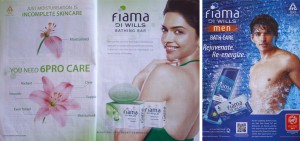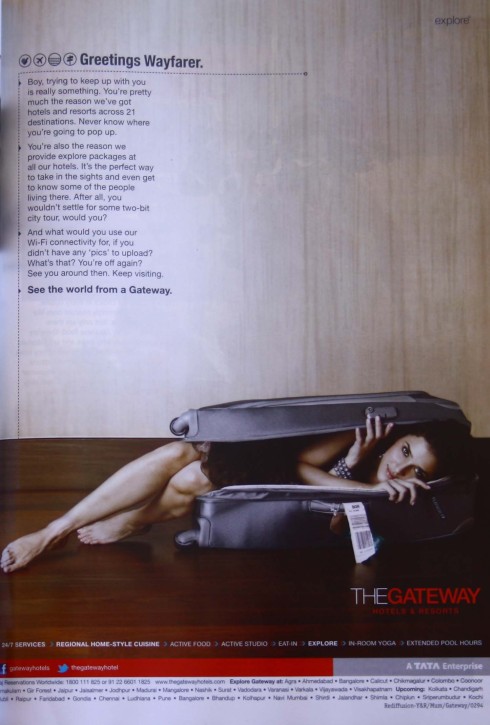Analysis 10
Product: 4 Composition of ads: Bajaj Allianz insurance; State Bank NRI Services; Bank of India Debit Card; Reliance Mutual Fund.
Found on: (In the order mentioned above) Jet Wings, Page 50, (March 2012); Jet Wings, Page 279, (March 2012); India Today: Anniversary Issue, Page 199 (December 2011); Business India, Page 107 (October 2011)
After analysing advertisements on fashion, consumer good, furniture, liquor etc, I wanted to look at ads from the Banking Industry. I found 4 ads.

The first ad promotes the Bajaj Allianz Insurance Plan. The ad shows the image of a formally dressed man holding a placard with the copy “Retire Rich”. His smile denotes that he is happy with his choice of plan and confident of his future plans. Since this is an ad of a product that requires serious future plans, consideration and implication analysis of choice, the ad uses a male model. The presence of a man is implying that this is “serious business”. Can a woman holding the same placard have the same effect? Through years of constant repetition, some ads have become categorically biased towards a specific gender. This, it is assumed, is because of certain behavioural characteristics associated with each gender. However, this behaviour has been shaped through human perception and is not biological. Women can be equally serious, calculative, and aware of benefits of a future plan. They can have equally sound judgement on topics like investment and insurance. And yet, this is always considered a male domain. Primarily because it involves making firm decisions and in a patriarchal society, the decision making power lies with the dominant male. To further the argument let me show you some other ads.

This is an ad from SBI for NRI services. The image shows two men finalising a deal. Again, the emphasis is on men when it comes to making business deals and important decisions. Does this mean women are never portrayed in ads for banks and Insurance companies? Yes they are. Let’s look at one below.
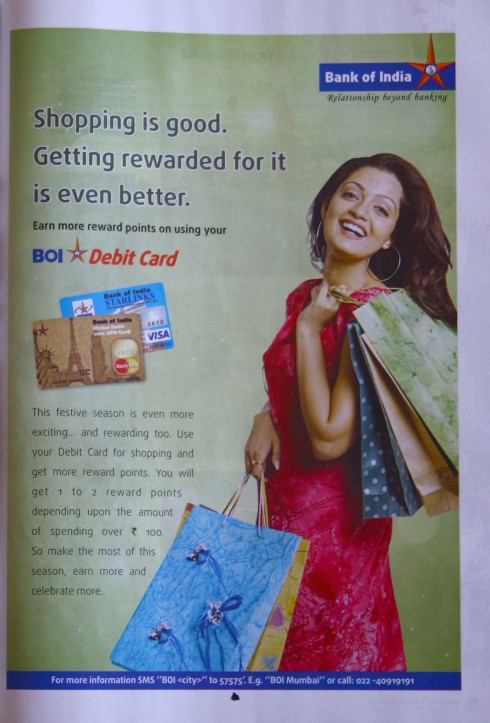
This is an ad for Bank of India’s Debit card. They want to encourage people to use it more and have certain rewards for doing so. Predictably, they have a woman who has shopped a lot. Their copy reassures the woman that “shopping is good.” When compared to other ads it is clear that men are supposed to earn and women spend! That is what keeps the economy going. Let us analyse another mutual fund ad with a woman.

This is an ad for Reliance Mutual Funds. It showcases a woman in the worst way possible. She is stupid, incompetent, dumb and awestruck at the advertised offer. What demeans the ad even further is that she is shown dressed formally. So, the ad tries to establish a notion that even if women work, they remain inept, unskilled and dim witted.
The above series of ads re establish certain stereotypes. My problem with stereotypes is that they promote notions that woman are trying to fight against. Repeated exposure to such ads makes people question the judgement of woman. They, as an individual are not taken seriously. Their hearts and emotions are blindly trusted but not their brains. What does it have to be sexual harassment or eve teasing? It is all interlinked. You can play with an emotional person, but messing with a strong headed person requires thought and skill. Portraying woman as stupid makes men more confident that woman can be dominated upon. People abuse only those who they consider weak. Nobody goes and mistreats a stronger contender without a valid reason. All these ads make men believe they are strong. When things boil down to power, physical and verbal violence soon follows.
Tags: eve teasing, sexual harassment, shopoholic, stupid woman, taking woman seriously, woman and banks, woman in print ad







